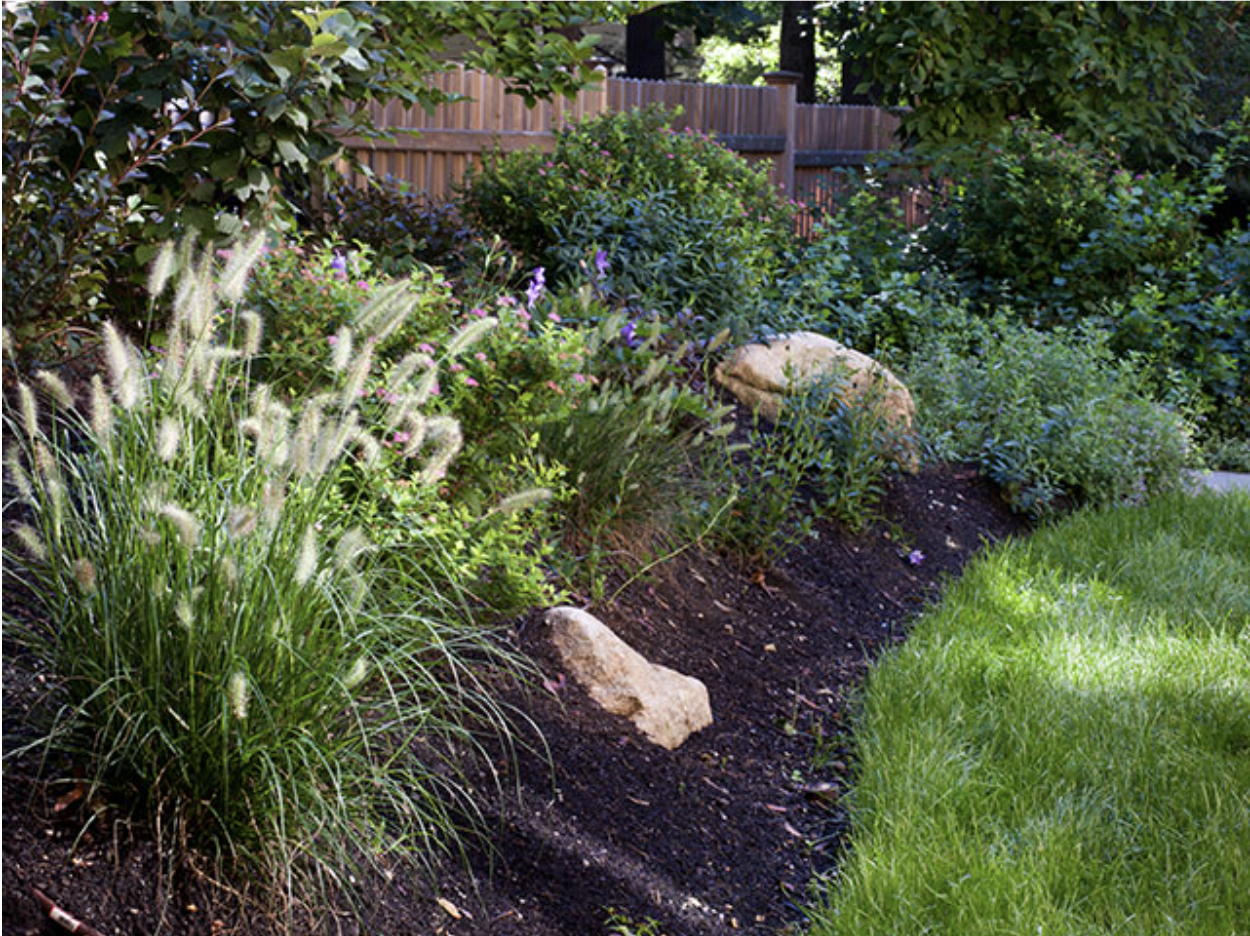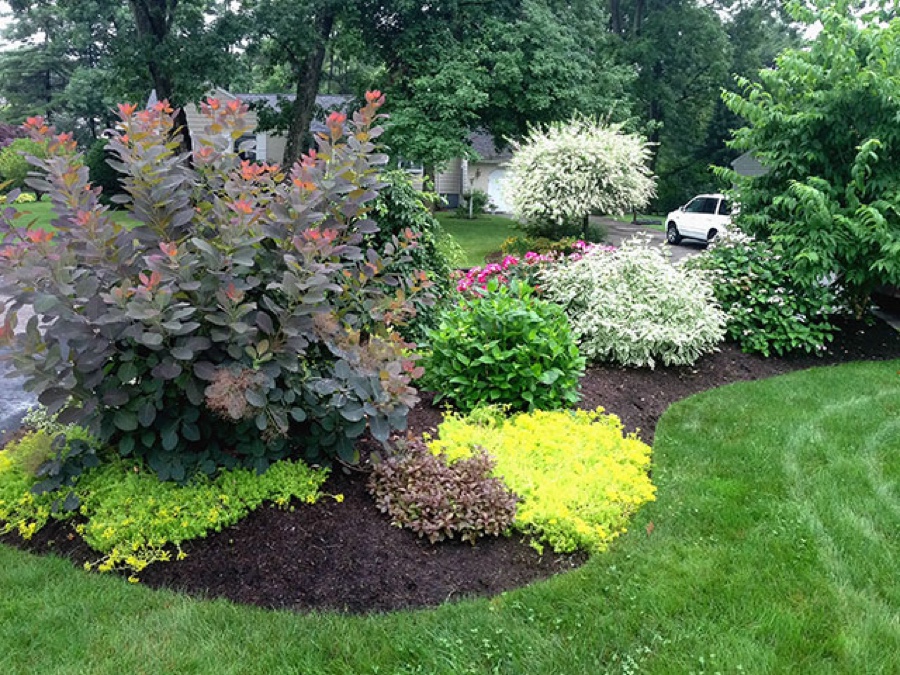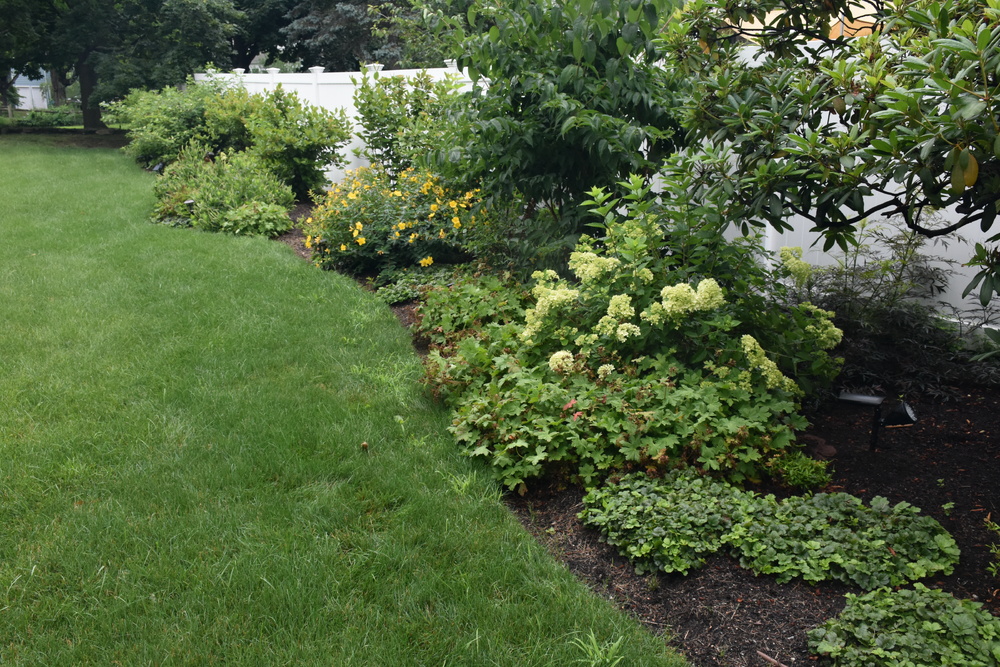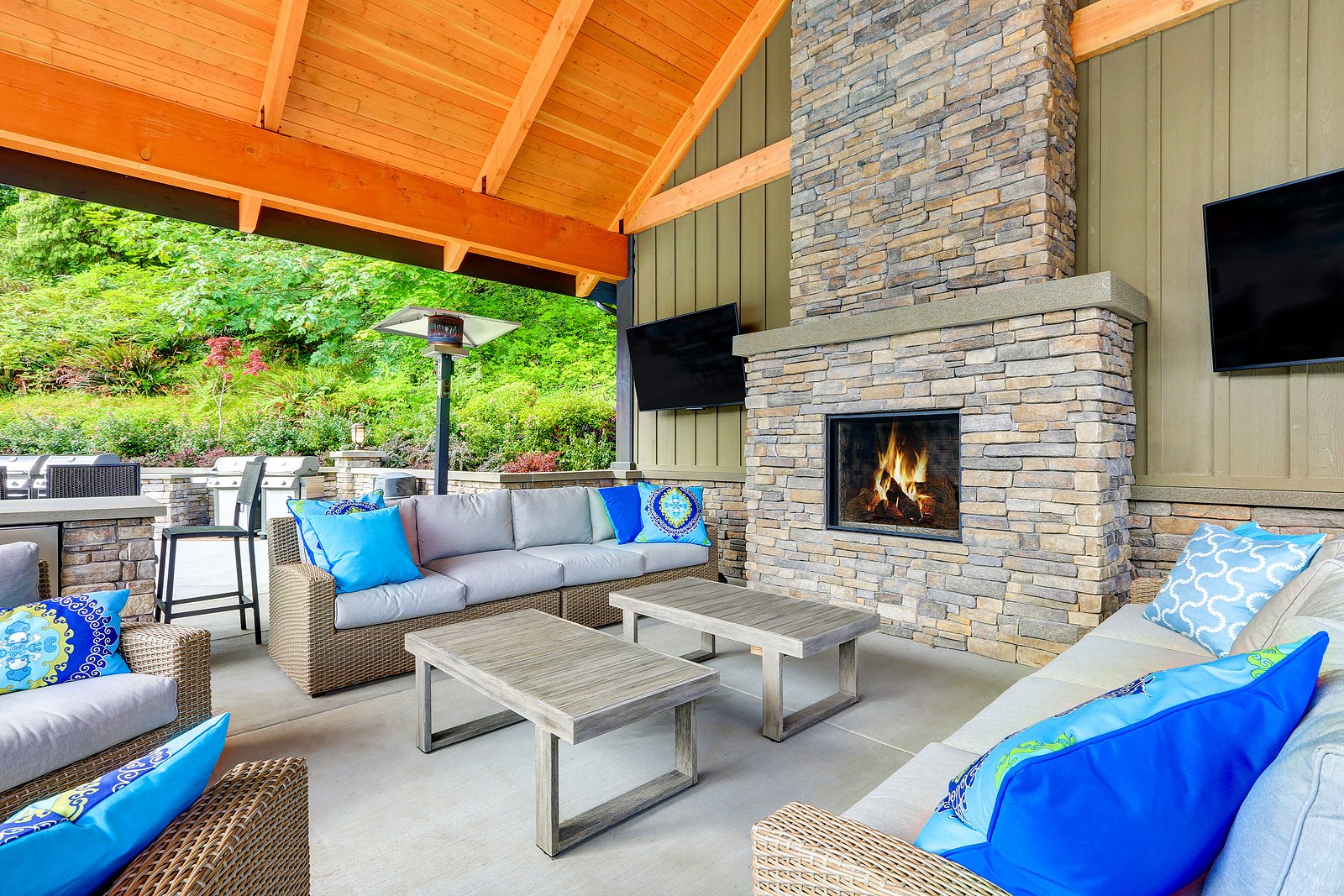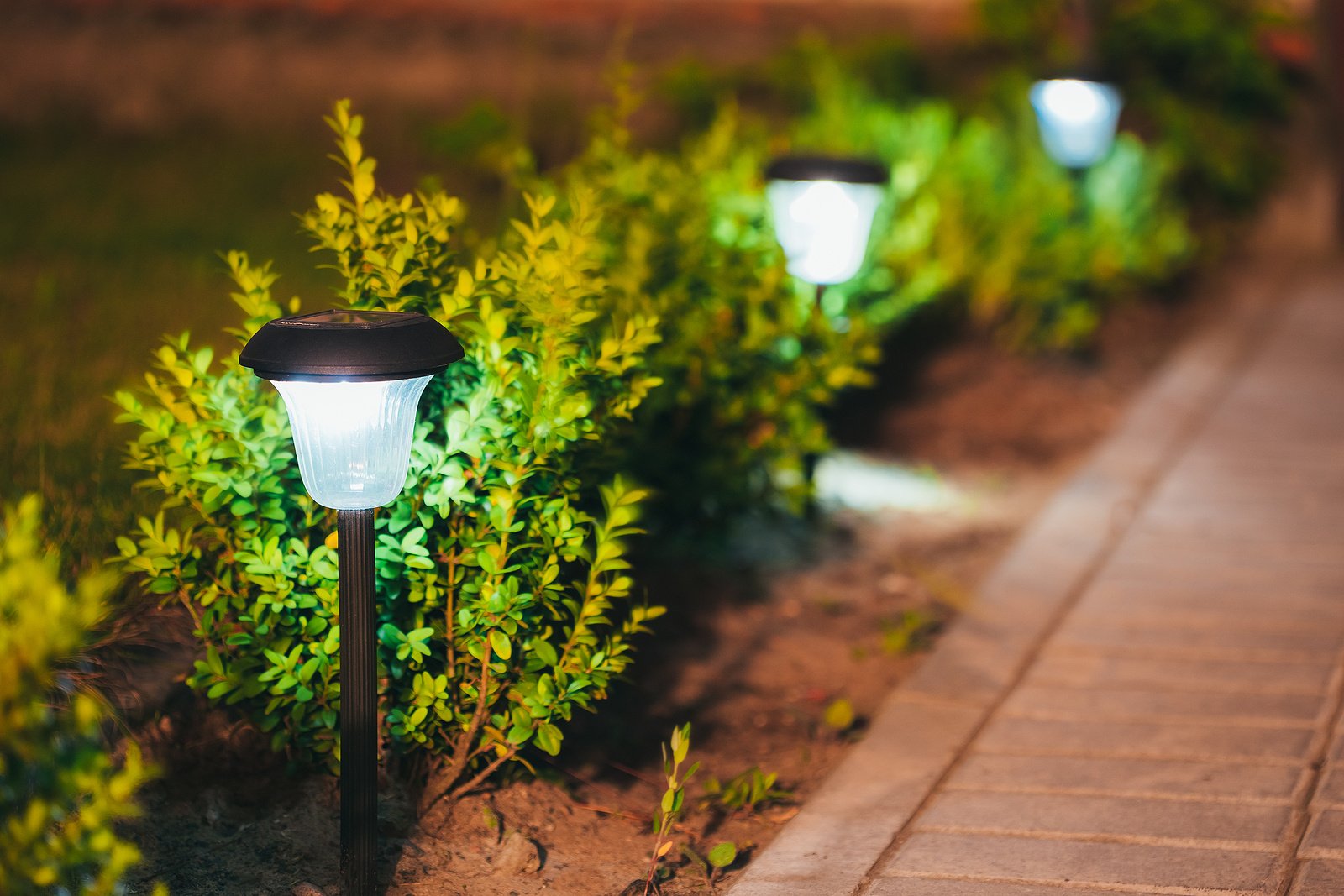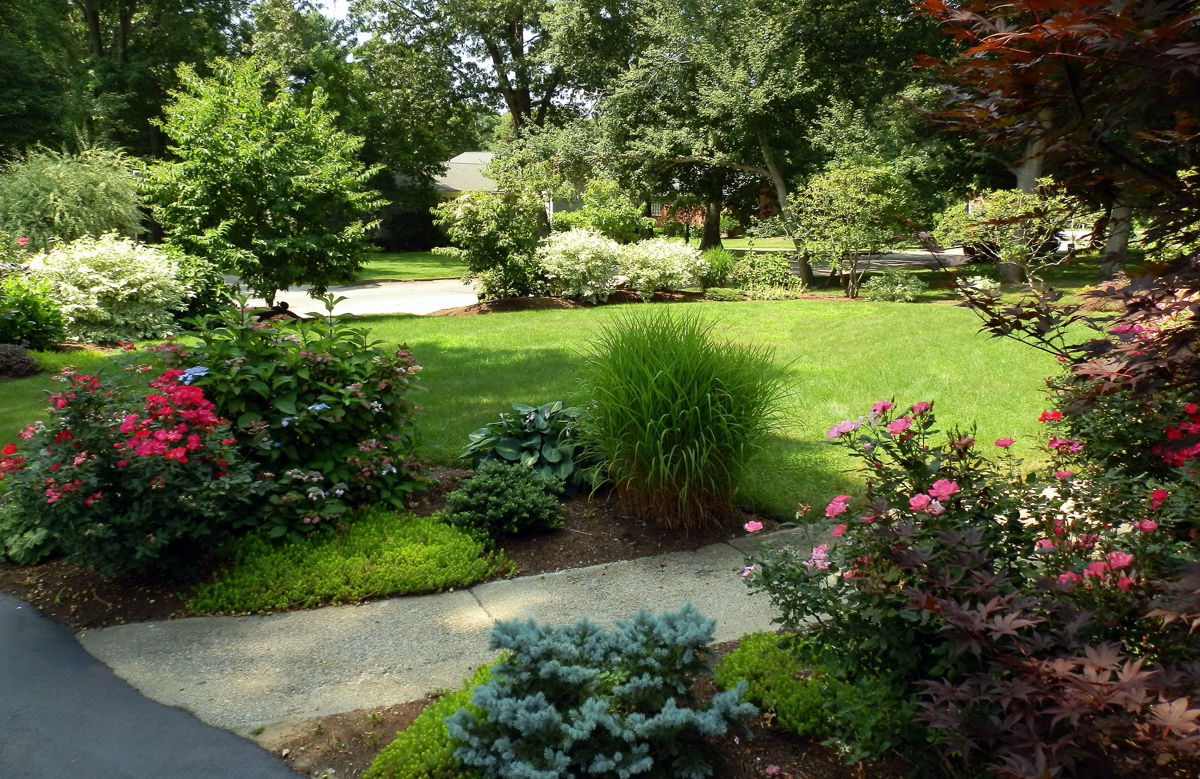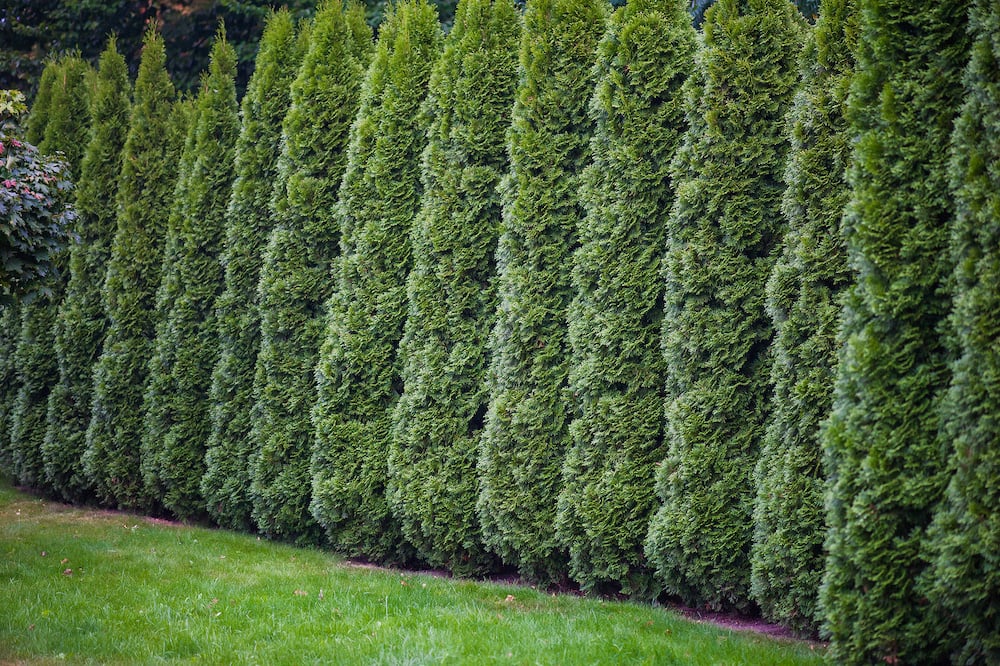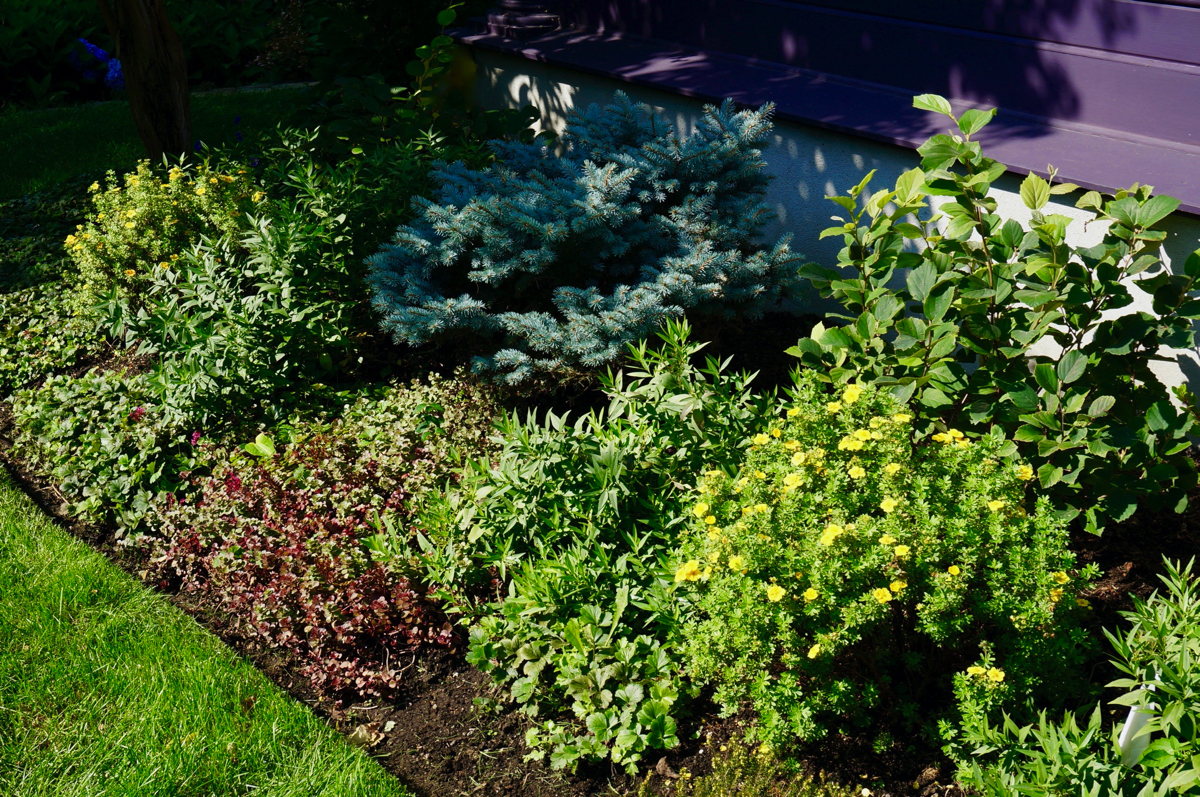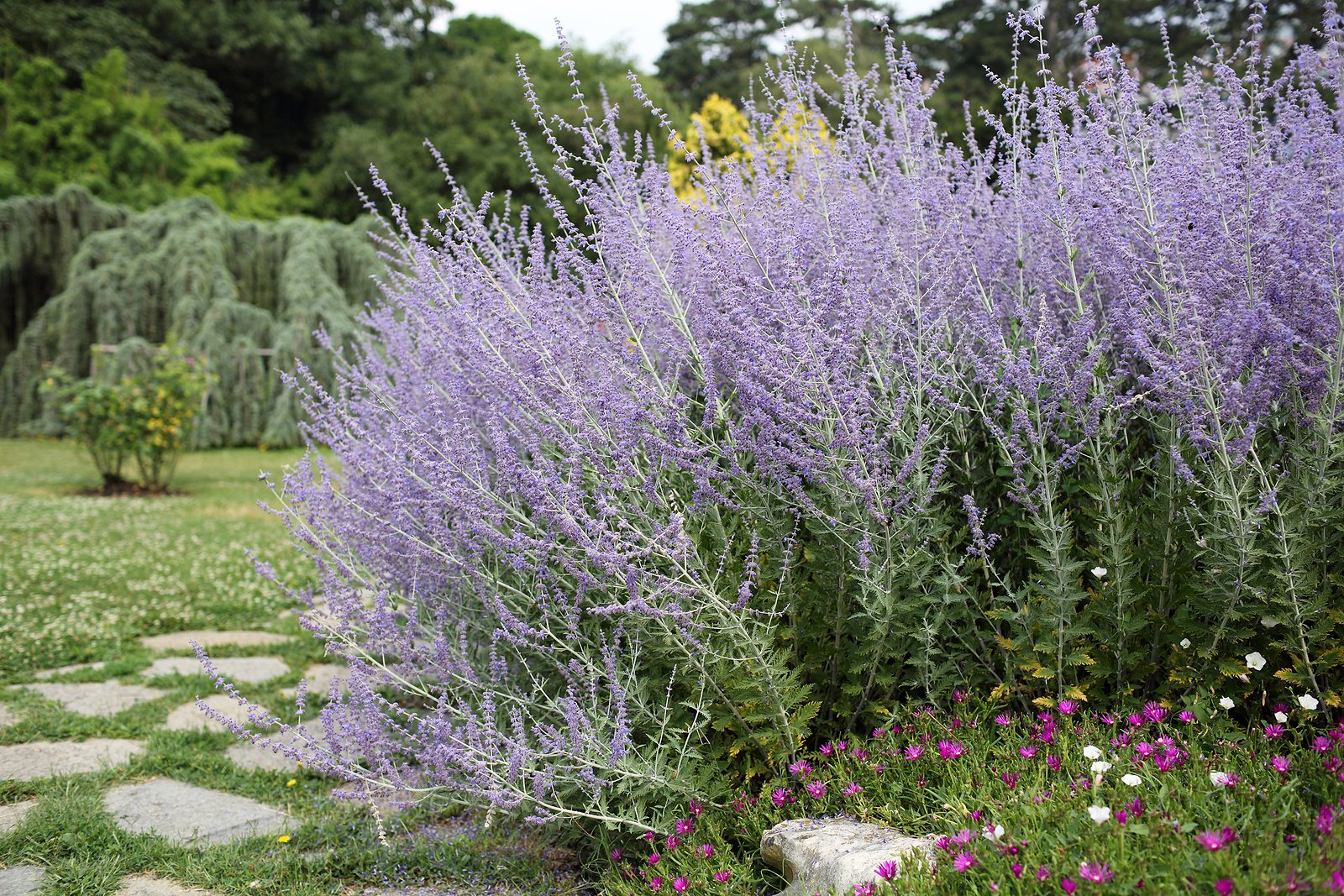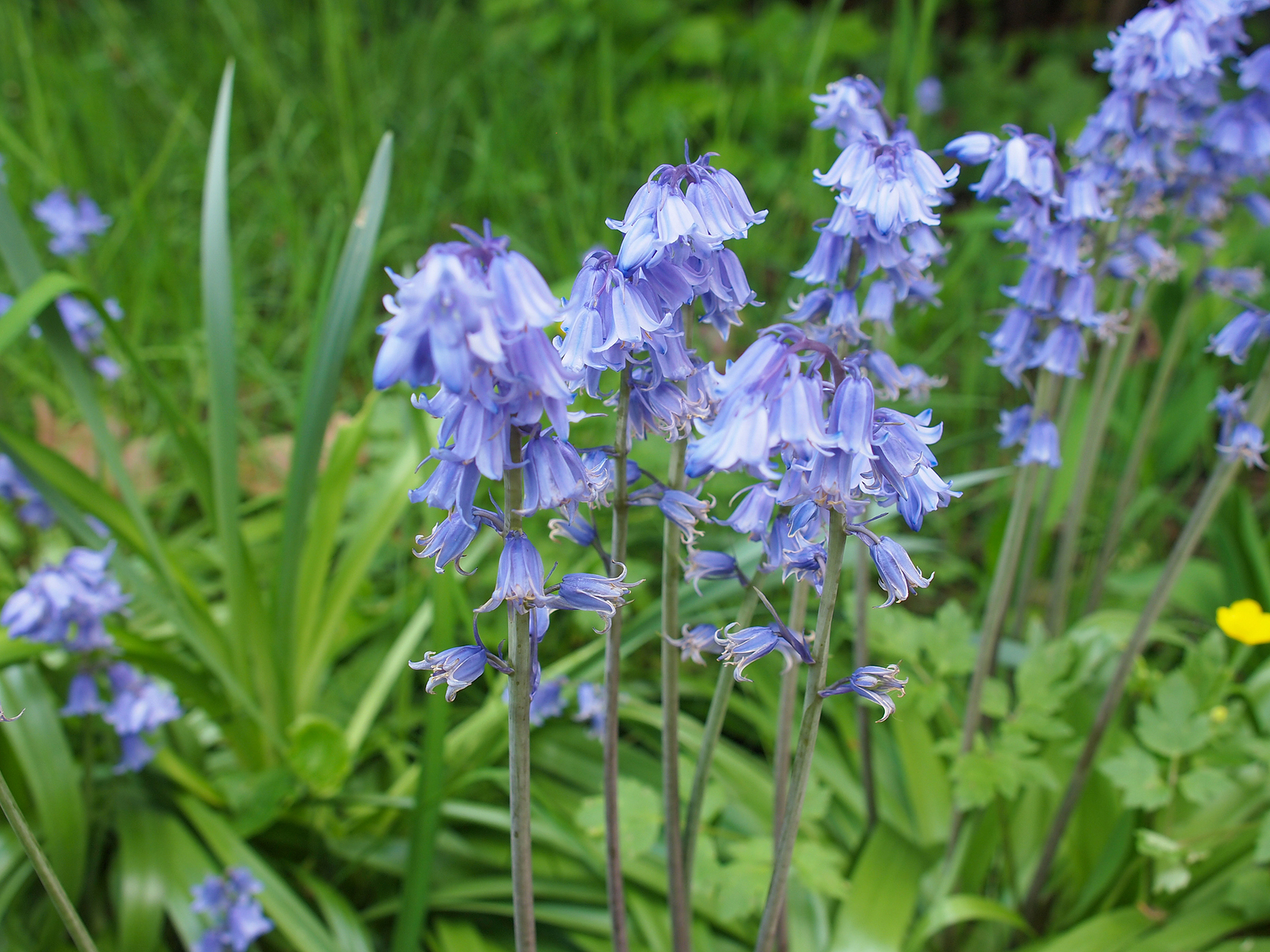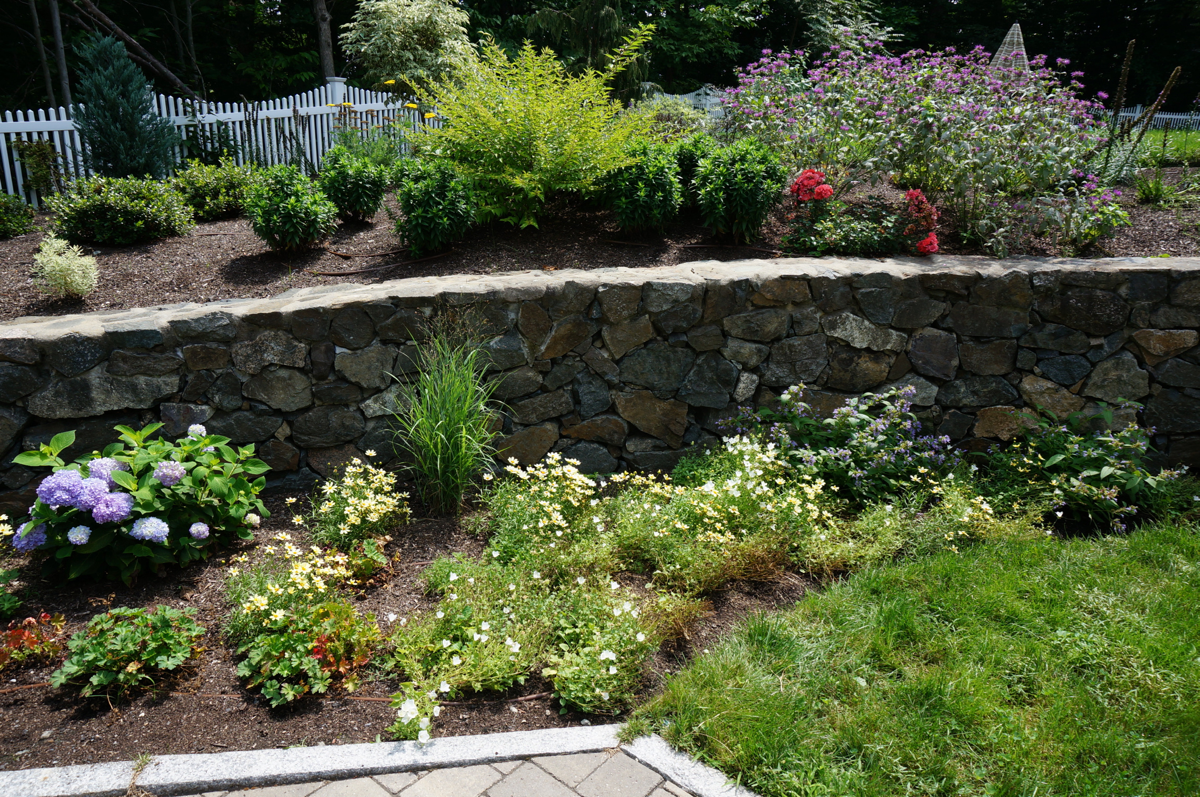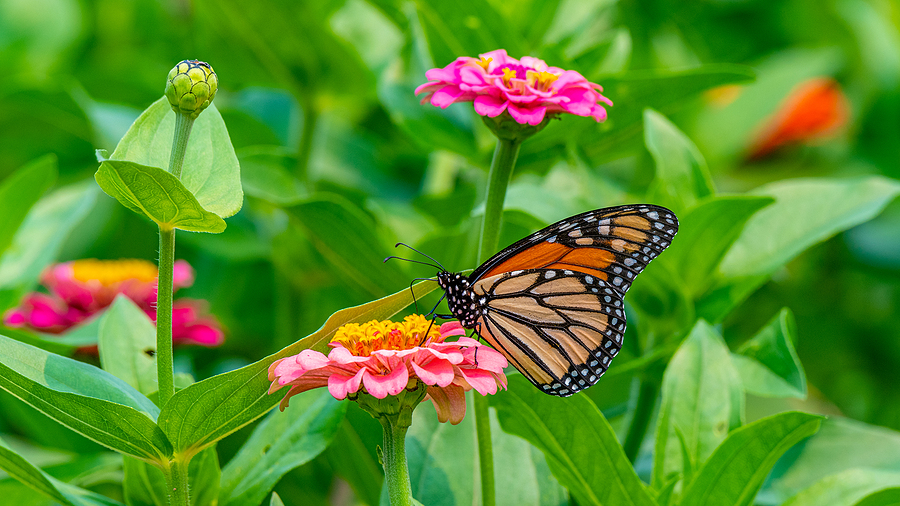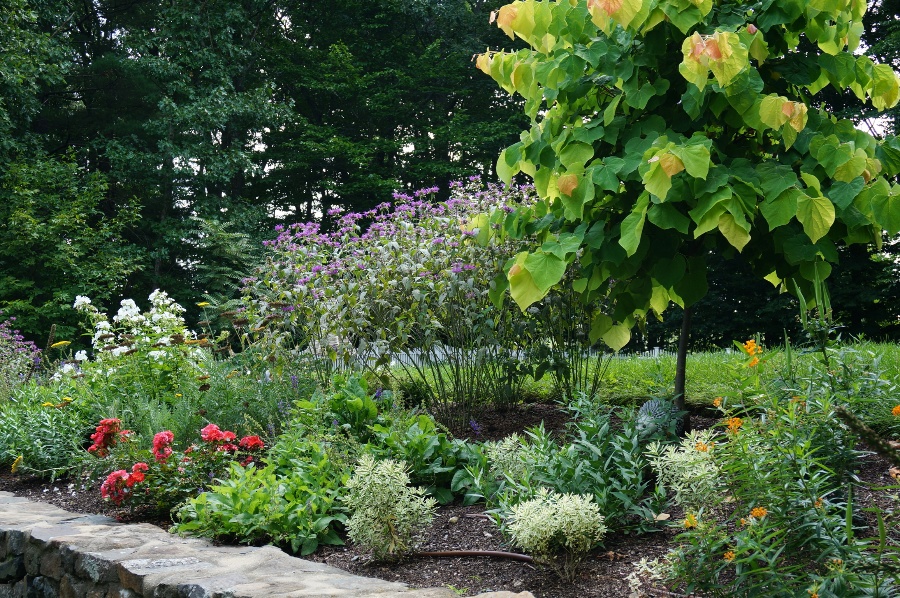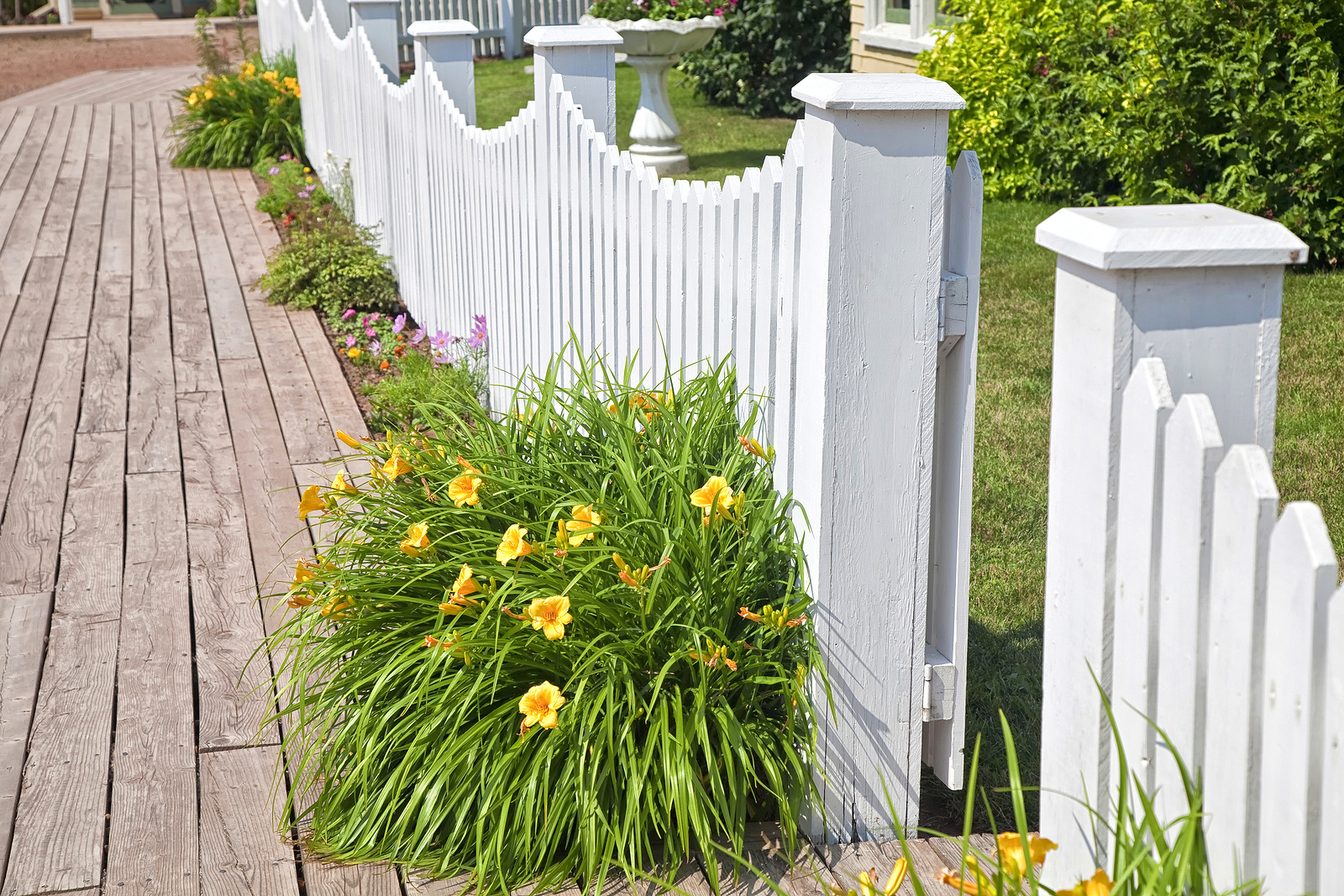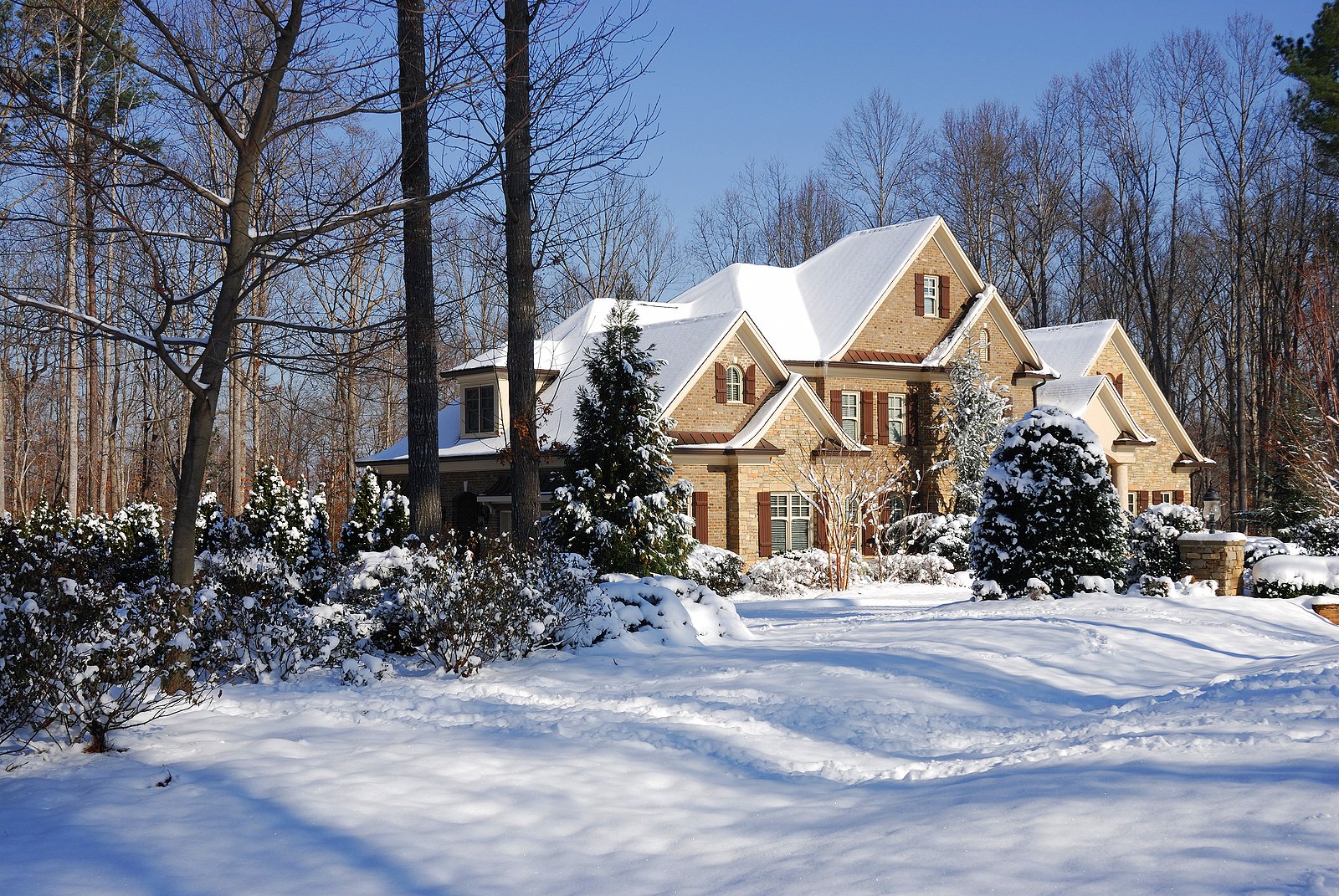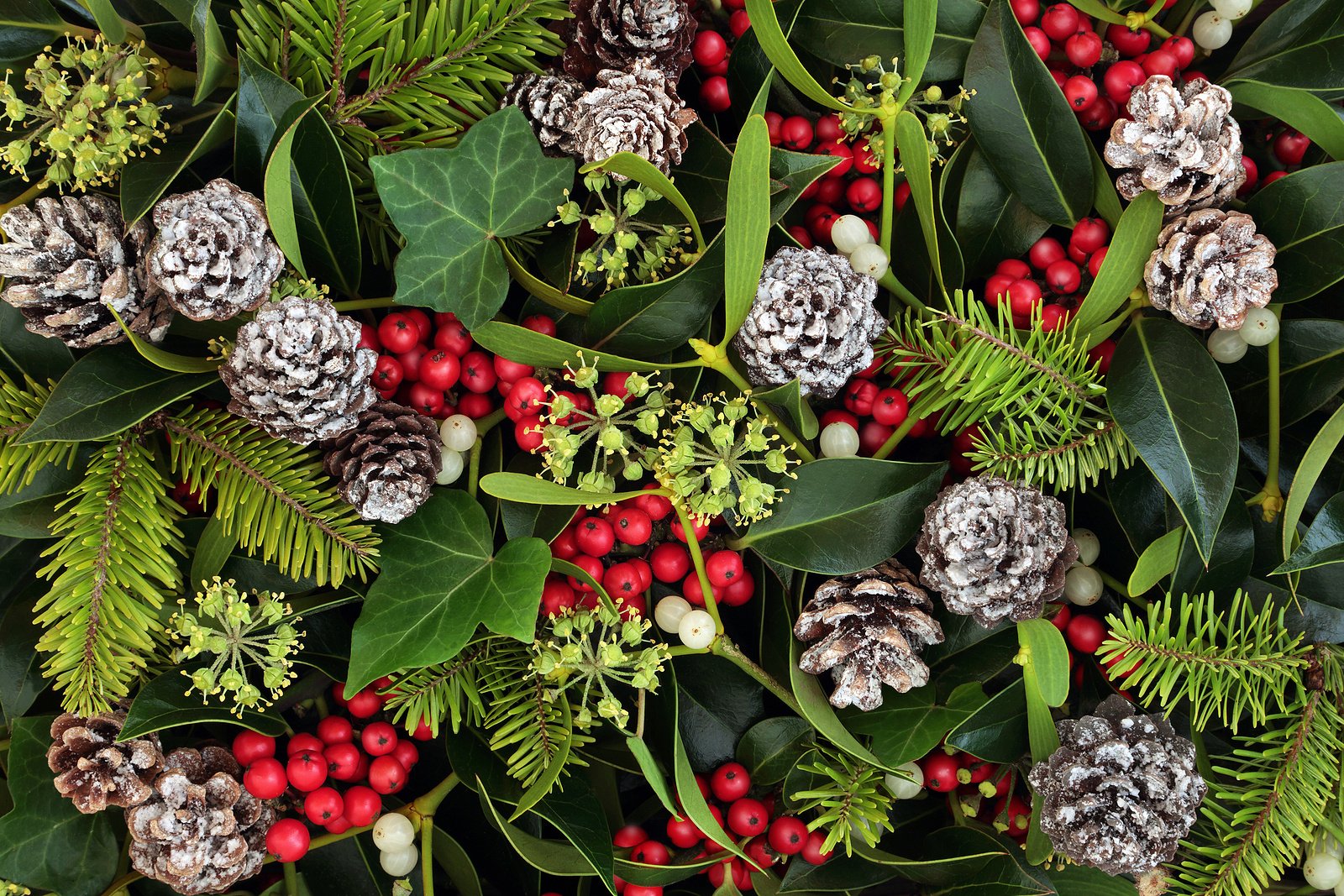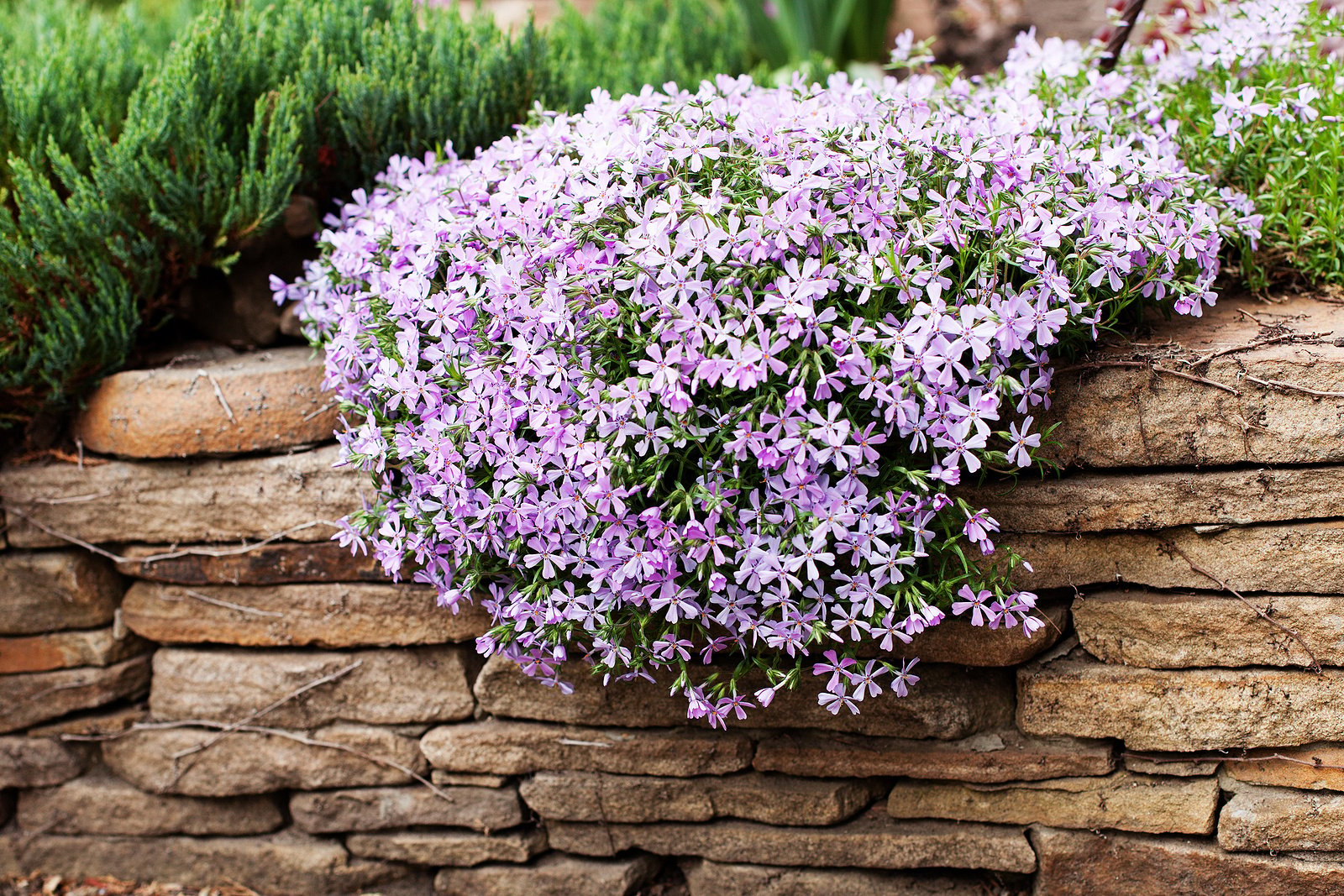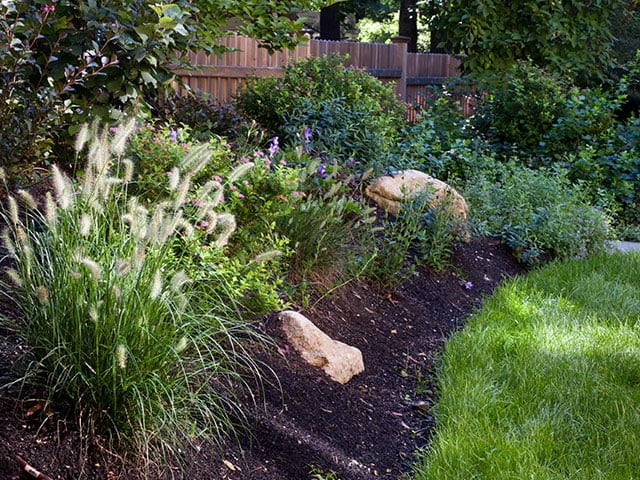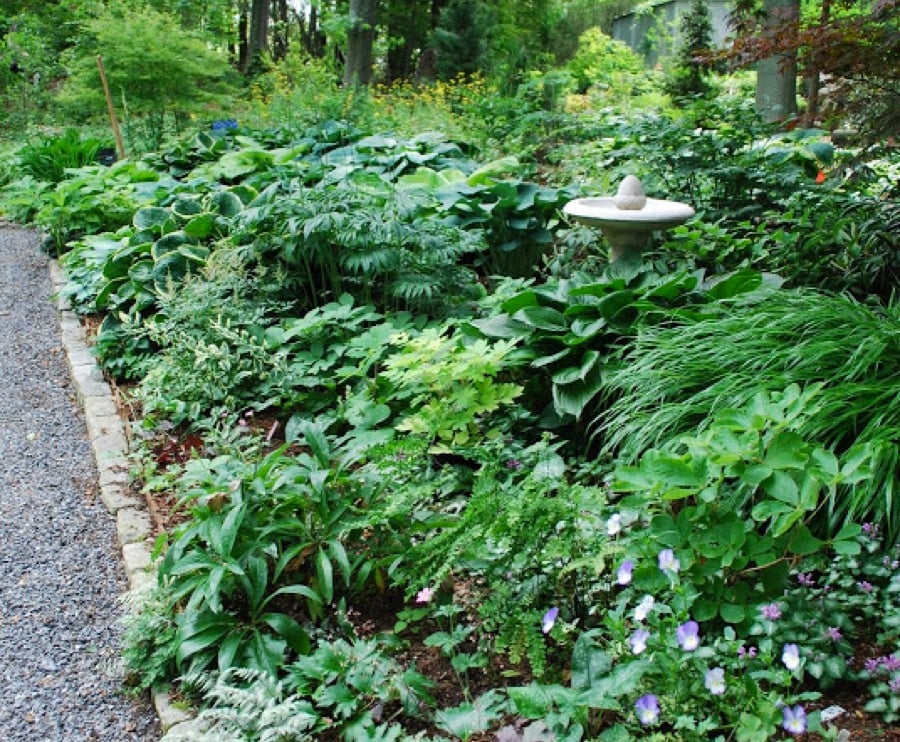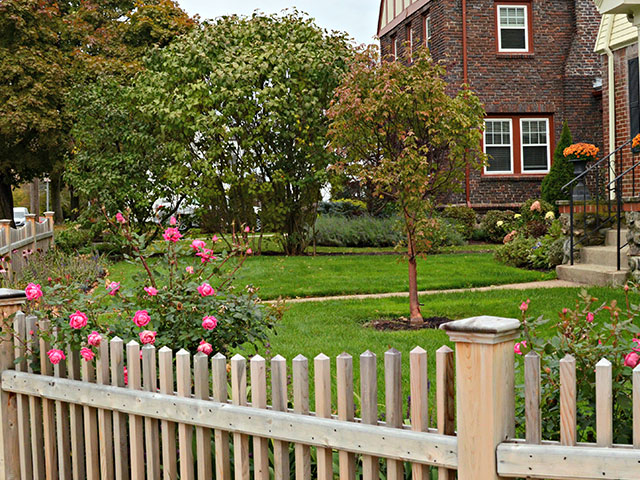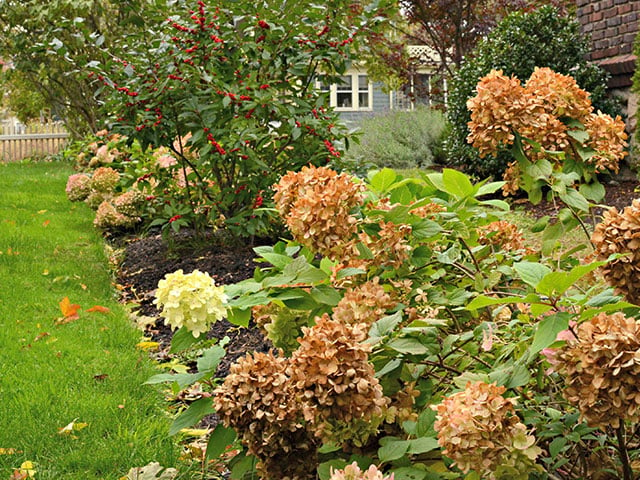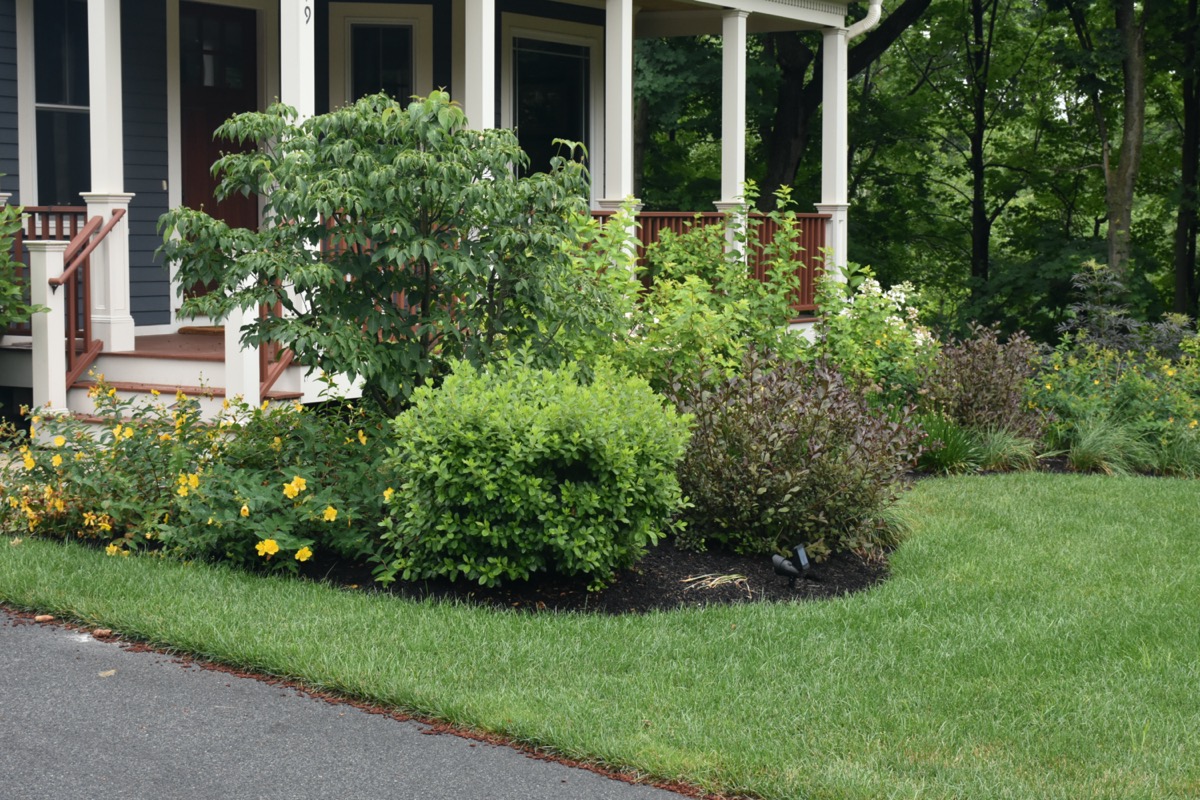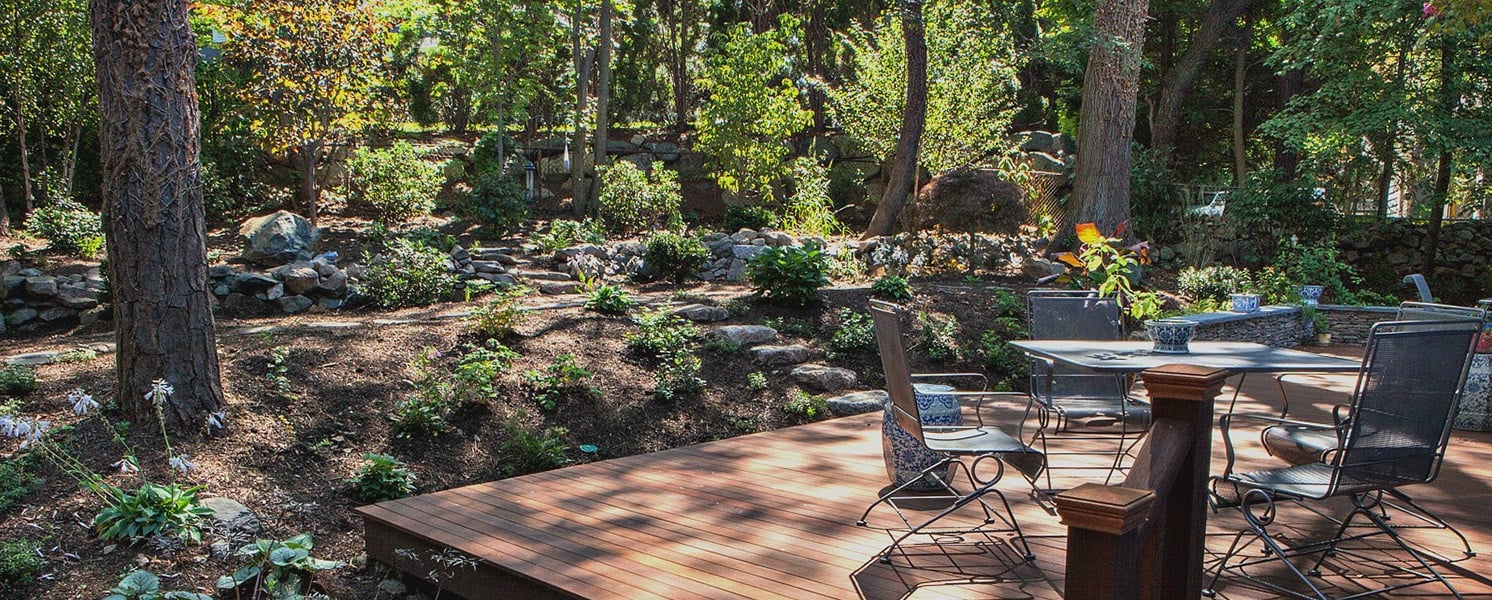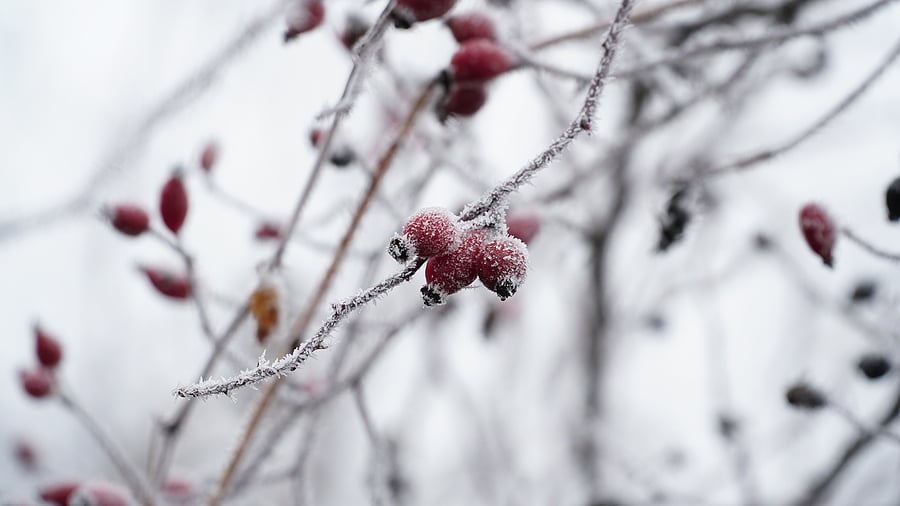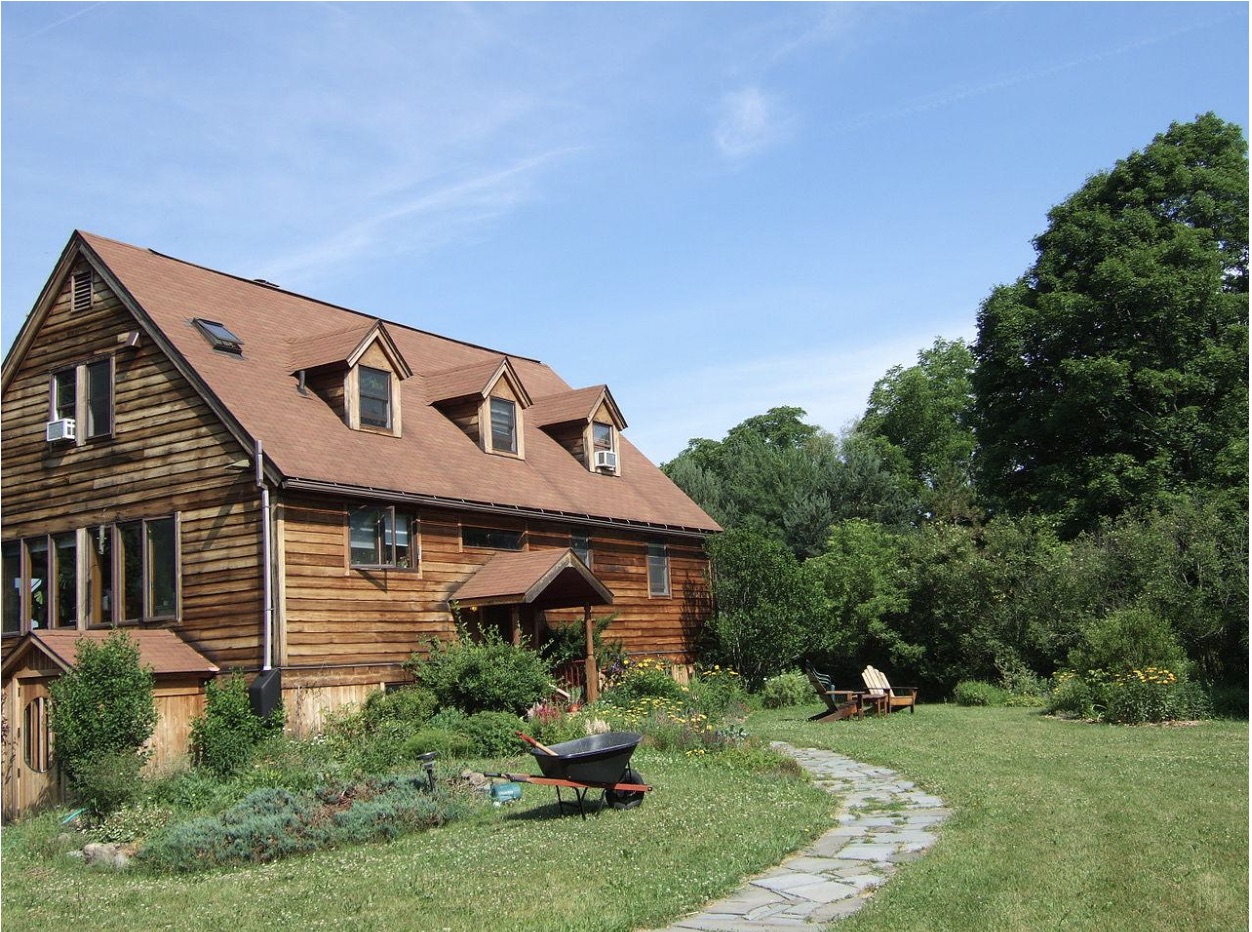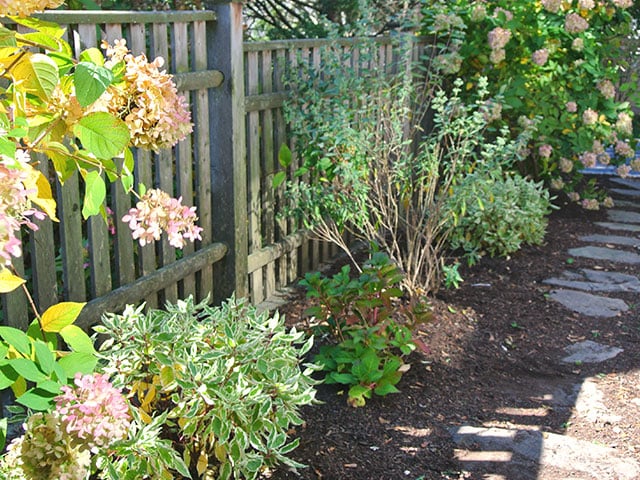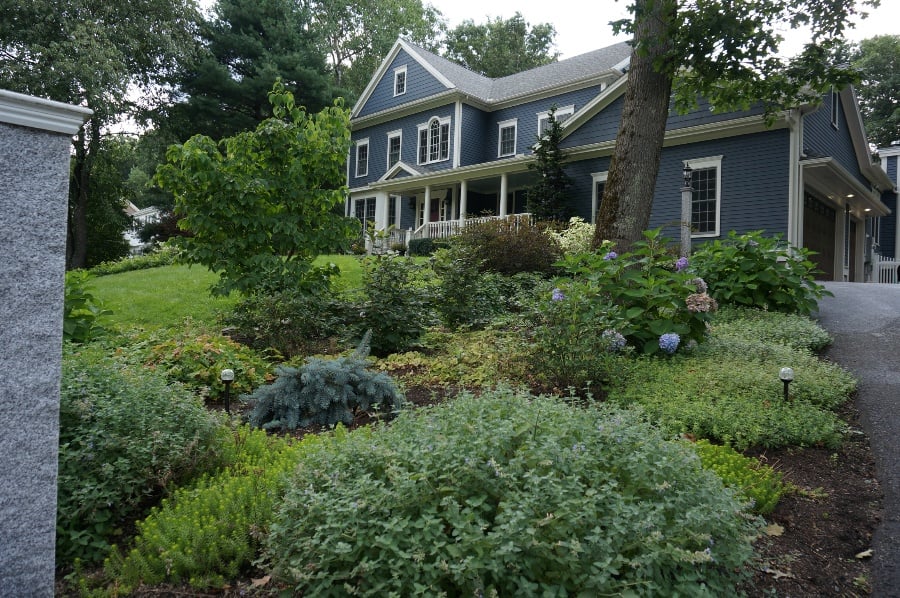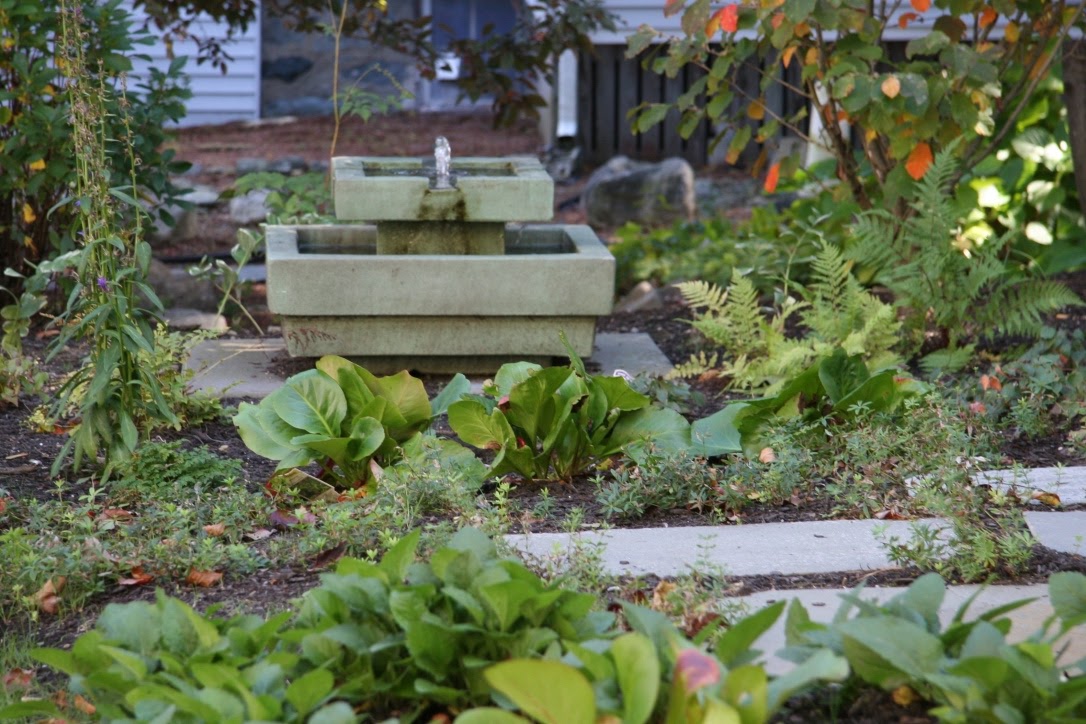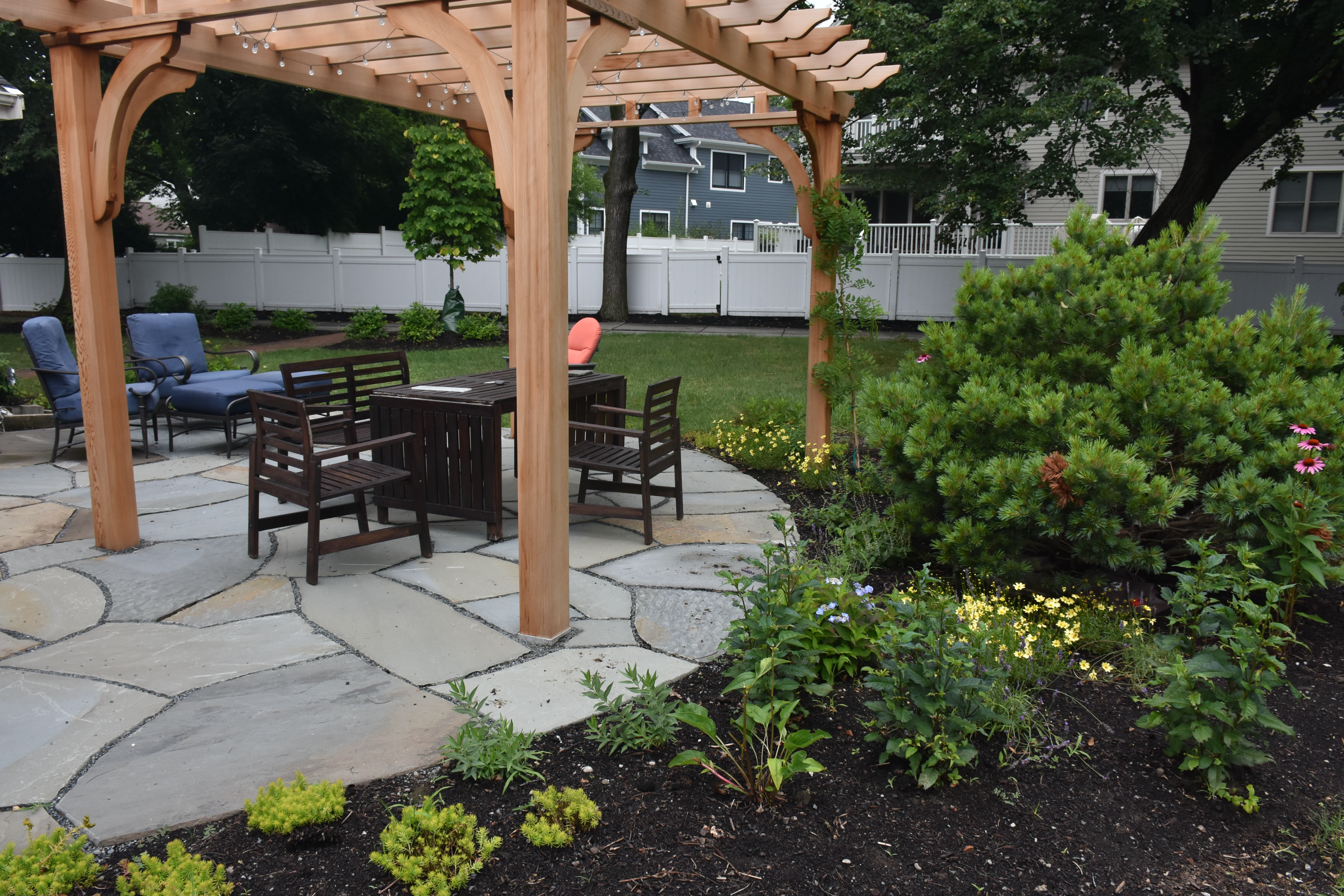Creating a beautiful outdoor space that’s also kind to the environment can feel like a tough balancing act. Homeowners often want a lush and welcoming yard, but worry that going eco-friendly means giving up color, variety or structure.
With thoughtful sustainable garden design, however, you can absolutely have both — a vibrant, low-maintenance landscape that supports your local ecosystem while reducing your environmental impact and protects natural resources. We’ll walk you through how to design a sustainable garden that looks great, works with nature and gives you fewer things to mow, water or worry about.
The Environmental Impacts of Traditional Landscaping
Many traditional landscaping practices look appealing on the surface, but come with hidden environmental costs. Large lawns often require heavy watering, regular mowing and frequent applications of fertilizer or pesticides — all of which can harm local ecosystems and increase your carbon footprint.

Plus, many commonly used non-native plants don’t support local biodiversity or adapt well to New England’s shifting seasons. It’s no surprise that homeowners often feel overwhelmed by the options and unsure how to move forward. Sustainable landscape design offers a smarter alternative — one that’s easier to care for, better for the planet and still visually stunning.
What Makes a Garden Sustainable
Sustainable garden design is about working with natural systems instead of constantly trying to control or fight them. This begins with thoughtful plant selection.
Native plants and drought-tolerant species are better adapted to local conditions and require less water, fertilizer and attention. These plants also support beneficial insects, birds and pollinators, helping to increase biodiversity in your yard.

Using organic mulch helps retain moisture and suppress weeds, while reducing runoff and erosion. Choosing materials with a low carbon footprint, reusing what you already have and designing with long-term resilience in mind all contribute to a landscape that thrives with fewer inputs and greater benefits.
How to Design an Eco-Friendly Yard
Designing a sustainable yard is about making small changes that have a big impact. Start by reducing or replacing lawn areas with perennial ground covers, native and drought-tolerant plants or xeriscaping elements like stones and low-water plantings to reduce your water use.
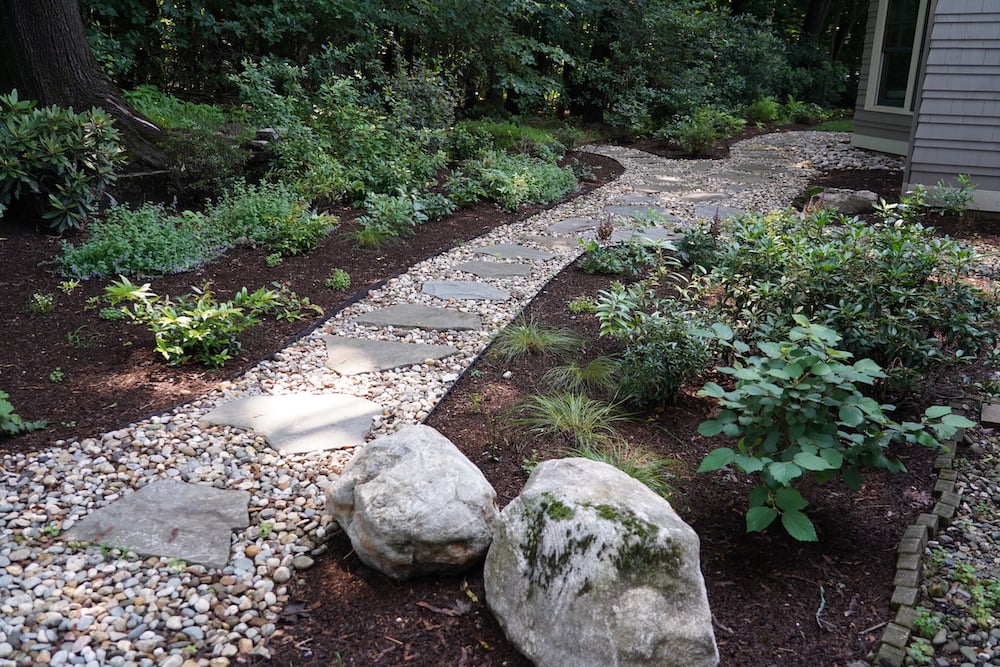
And that’s just the start of how you can make your landscape into a sustainable haven. Composting garden waste, kitchen scraps and other organic matter adds nutrients back into the soil, reducing your need for synthetic fertilizers.
Add deciduous trees to provide shade in summer and let in sunlight during winter, helping manage your home’s energy use naturally. You also can select a diverse mix of plant species that bloom across seasons, offering habitat and food for pollinators and other local wildlife. With the right approach that prioritizes sustainability, your outdoor space can be both functional and ecological.
The Do's and Don'ts of a Sustainable Landscape
Avoid the temptation to install plants just because they look pretty in the garden center — especially if they’re non-native and require extra water or chemical treatments. Instead, prioritize the right plant for the right place by considering soil type, sun exposure and moisture levels.
Minimize or eliminate pesticide use, and let beneficial insects do the work of balancing pests. Choose materials that can be reused or repurposed, and be mindful of designs that contribute to runoff or erosion.

Sustainable horticulture means making smart choices that benefit both your landscape and the environment — and it usually results in a yard that’s easier to manage and more rewarding to spend time in.
A sustainable garden is more than just good-looking — it’s a living, breathing part of your local ecosystem. With the right plantings, eco-friendly practices and long-term thinking, your yard can reduce its environmental impact while becoming a vibrant, beautiful retreat.
By conserving water, reducing lawn size, supporting pollinators and rethinking your materials, you’re creating more than just a garden — you’re creating a space that gives back. And once it’s in place, it’s easier to care for and enjoy, season after season.
To learn more about designing a custom landscape for your home, download our free ebook, The Mindful Homeowner's Guide to Transformative Landscape Design. If you're ready to get started on your new landscape project, or simply want to learn more about the process, you can contact our team here to schedule a free consultation. We'd love to talk to you!


